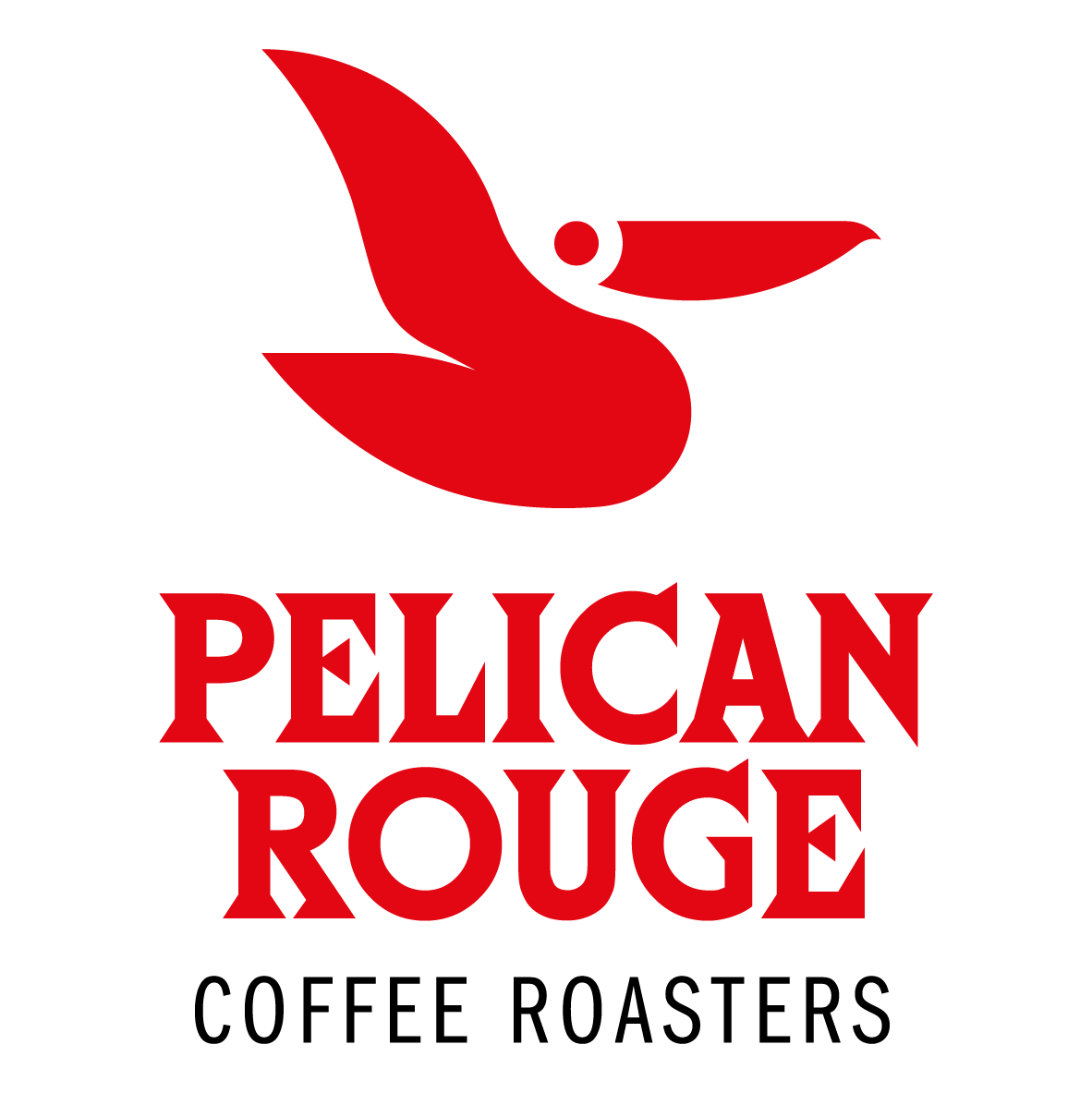CO2 ambitions
CO2 measures for Selecta NL and Pelican Rouge
Our CO2 footprint is mainly determined by the emissions from our business fleet and the roasting and production of coffee. In order to realize our ambition and objectives, we are working with the CO2-prestationladder to reduce emissions.
Curious about how we are going to achieve our goals and where we currently stand, take a look at our CO2-Beleid page at the Selecta NL Webpage.
If you have any questions, comments or ideas, we would like to hear from you.
